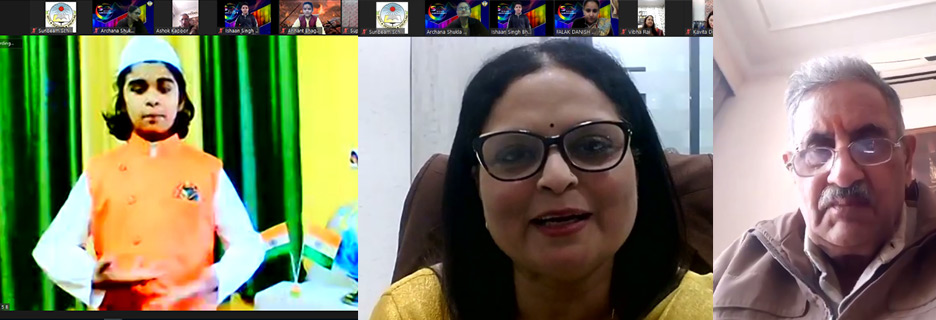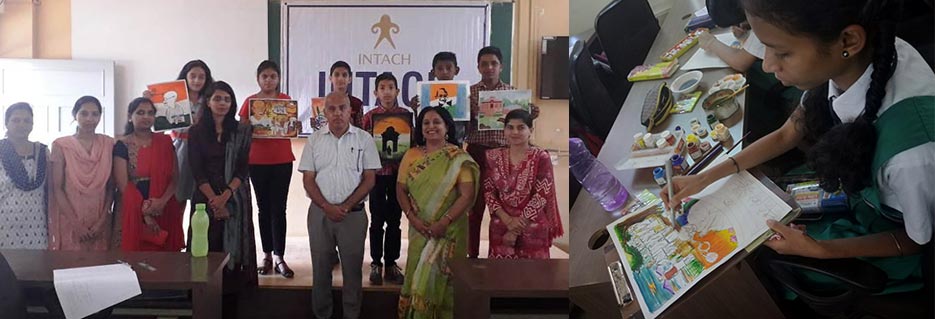Chapter Structure
- INTACH being a membership organization of volunteers, functions on the strength of its members who are affiliated to a Chapter.
- Chapters are forums formed with the authority and directions granted by INTACH and are constituted with about 25 members.
- A Chapter has a Convener and a Co-Convener appointed by the Central office and has an Executive Committee to co-ordinate it’s working. The normal tenure of the Convenors, Co-Convenors and the Executive Committees shall be of three (3) years, with further extensions if necessary. The Chapters Division may bring about a change of Convenor, Co-Convenor or Executive Committee Member at any time if circumstances so warrant.
- Chapter can adopt a flexible approach in its internal structuring as long it does not dilute its legal and financial accountability.
Chapters Guidelines first published in 2003 & thereafter further revised in 2013, 2016 and 2019. Revised version of Guidelines 2024 incorporates the dynamics of feedback from the chapters and members to facilitate the functioning of the chapters and provide enhanced financial transparency.
Another highlight of the Chapter Guidelines is the Chapter eight, wherein guidelines for undertaking projects under Corporate Social Responsibility have been outlined. The revised process to obtain benefit under the section 80 G of Income Tax has also been explained.
With the promulgation of revised finance Act, the trusts registered under section 12AB of Income Tax Act, 1961 have to be very careful while managing their accounts. The provisions contained in Financial Operating Procedure are to be strictly adhered to by the chapters to maintain transparency and probity.
I would like to emphasis that Chapters while taking up projects/programmes in which Agreements or MoUs are to be signed such documents need to be signed only after is approved by the Central Office and the Member Secretary gives authorization to the specific Chapter Convener to sign such documents.
Three new areas pertaining to Geo Heritage, Numismatic Heritage and Fortification and Military Heritage in India, have been included in the Guidelines to cover the entire spectrum of heritage.
I would like to express my heartfelt gratitude to all the experts and Conveners who contributed their expertise and insights in the development of these guidelines. Their collective wisdom and passion for our heritage have been instrumental in shaping this publication. It is my firm belief that this revised issue of Guidelines will further strengthen the bond between the Head Office and Chapters.





















